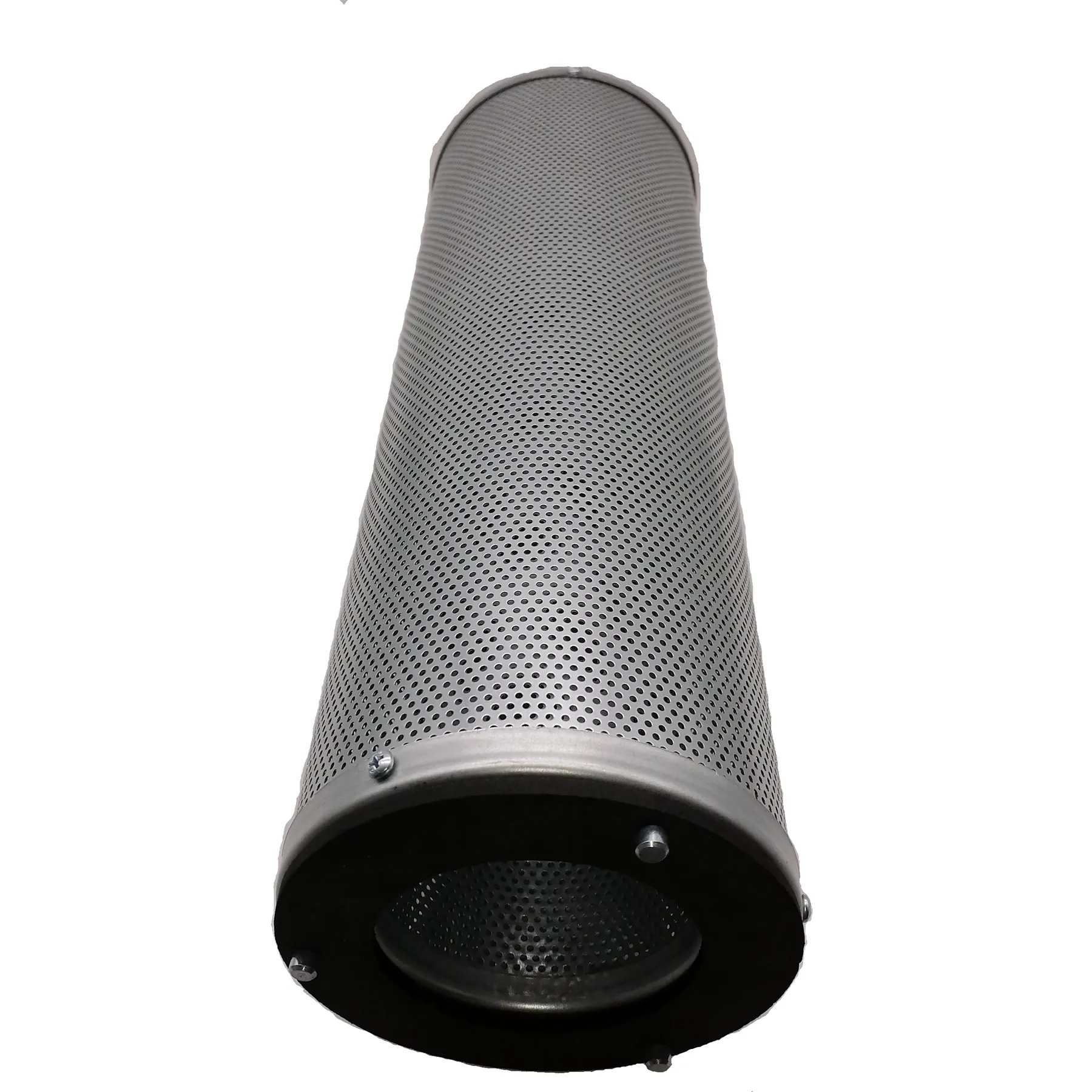 Tel:
+8615930870079
Tel:
+8615930870079
Dec . 10, 2024 13:13 Back to list
Efficient Dust Collection with Pleated Filter Cartridge Technology for Enhanced Air Quality
Understanding Pleated Filter Cartridge Dust Collectors
In today's industrial landscape, effective air quality management is crucial for both environmental compliance and the health of workers. One of the most efficient solutions for controlling airborne dust and particulate matter is the pleated filter cartridge dust collector. This advanced filtration technology is designed to remove a wide range of contaminants from the air, providing a cleaner, safer working environment.
What is a Pleated Filter Cartridge Dust Collector?
At its core, a pleated filter cartridge dust collector is a system designed to capture and segregate particulate matter from the air before it is released into the atmosphere. The term pleated refers to the design of the filter media itself, which is folded into multiple layers, increasing the surface area available for capturing dust and other particles. This design allows for greater efficiency in filtration while maintaining lower resistance to airflow, which is essential for optimal performance.
How Does it Work?
The operation of a pleated filter cartridge dust collector is relatively straightforward. Air laden with dust and other particulates enters the collector and passes through the pleated filter cartridges. As the air flows through these filters, larger particles are trapped on the surface while smaller particles are captured within the filter media. Over time, the collected dust builds up on the filter's surface, necessitating regular maintenance to ensure continued efficiency.
Most modern dust collectors are equipped with automated cleaning systems that use compressed air to dislodge the accumulated dust from the cartridges, allowing the system to function optimally without manual intervention. This self-cleaning feature is particularly advantageous in environments where dust levels are consistently high, as it minimizes downtime and maintenance costs.
Advantages of Pleated Filter Cartridge Dust Collectors
1. Increased Filtration Efficiency The pleated design significantly enhances the surface area of the filter, allowing for higher dust loading capacity. This means fewer filters are required, reducing overall system costs.
pleated filter cartridge dust collector

3. Lower Energy Consumption The lower resistance to airflow reduces the energy costs associated with operating the dust collector. This efficiency translates into lower operational costs over time.
4. Versatility Pleated filter cartridge dust collectors are suitable for a variety of applications and industries, including woodworking, food processing, metalworking, and pharmaceuticals, among others. They can effectively capture a diverse range of dust types and sizes, making them a versatile choice for many settings.
5. Enhanced Air Quality By effectively capturing airborne contaminants, these dust collectors contribute to improved air quality within industrial facilities, promoting a healthier work environment and reducing the risk of respiratory issues for employees.
Maintenance Considerations
While pleated filter cartridges offer numerous advantages, they do require regular maintenance to ensure optimal performance. The frequency of maintenance will depend on factors such as the volume and type of dust being collected. An effective maintenance program may include checking the pressure differential across the filters, inspecting for any leaks, and ensuring the cleaning system is functioning correctly.
Moreover, it's critical to replace filters as needed, based on the manufacturer's recommendations or when performance declines. Utilizing high-quality filter media can also enhance the life expectancy of the cartridges, providing long-term savings and efficiency.
Conclusion
In conclusion, pleated filter cartridge dust collectors represent a highly effective solution for managing airborne dust and improving air quality in various industrial settings. Their design and functionality offer numerous benefits, including increased filtration efficiency, lower energy consumption, and space-saving characteristics. By investing in these advanced dust collection systems, businesses can not only comply with environmental regulations but also promote a healthier, more productive work environment for their employees. As industries continue to evolve, the importance of efficient dust control will remain a critical component of operational success.
-
Types and Applications of Air Filtration CartridgesNewsJul.28,2025
-
The Role of Gas Turbine FiltersNewsJul.28,2025
-
Mastering Air Filter Cartridge UseNewsJul.28,2025
-
Advanced Turbine Filters for Modern Gas TurbinesNewsJul.28,2025
-
Cellulose Air Filter Cartridge Advantages in Dust FiltrationNewsJul.28,2025
-
Cellulose Filters for Air Particle ReductionNewsJul.28,2025

 Email:
Email:





